Unusual blurred vision, do not be subjective
No pain, no history of trauma or other unusual symptoms, but for about 5 days now, Ms. NN's (50 years old, Hanoi) right eye suddenly lost vision, so Ms. N rushed to the hospital for examination.
The results showed that Mrs. N's right eye had a visual acuity of 3/10, and her vision did not improve with glasses. Notably, when examining the fundus, her right eye showed signs of optic disc edema, dilated retinal veins, and hemorrhage throughout the retina. The retinal CT scan showed cystoid macular edema.
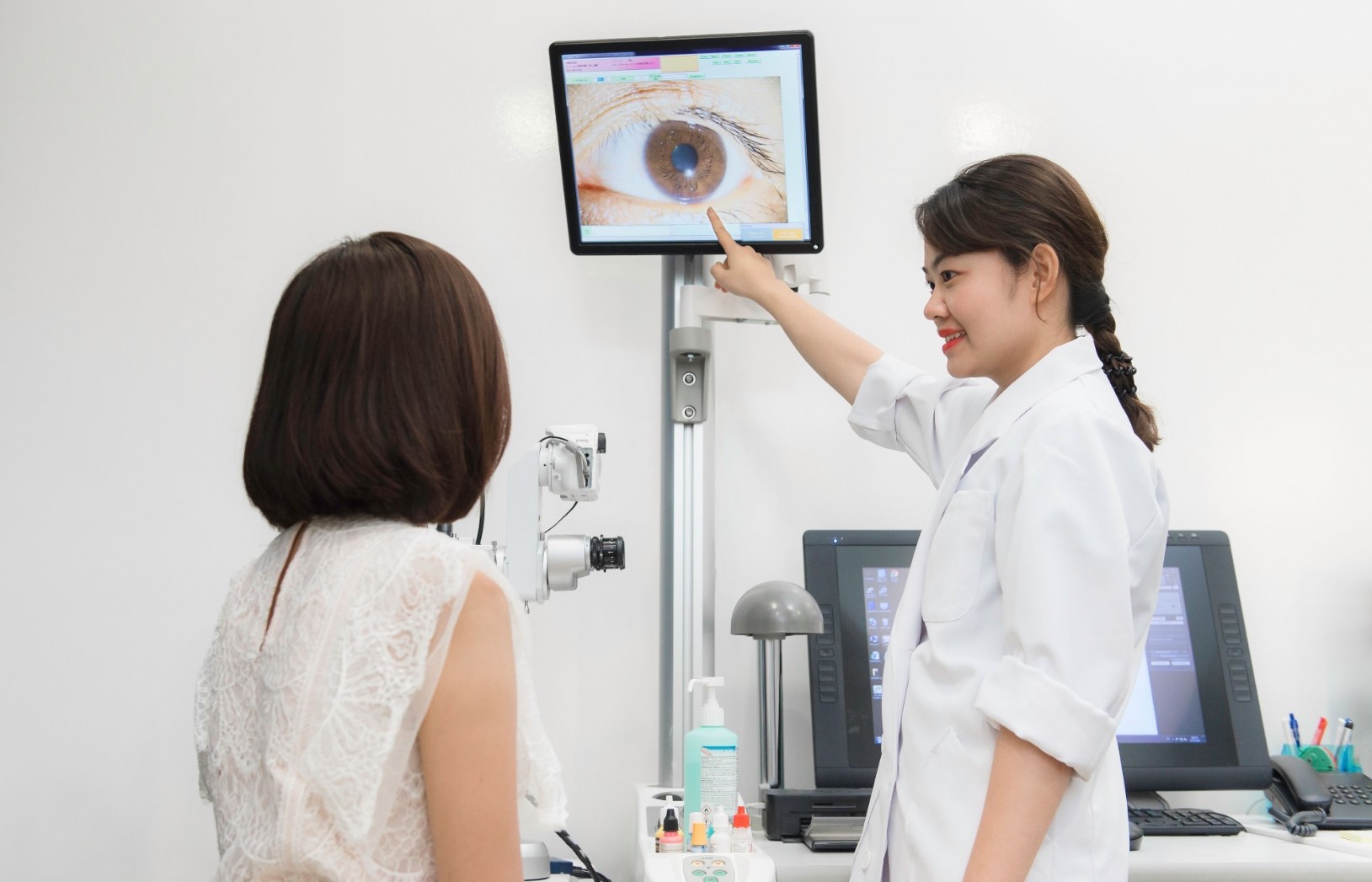
Illustration photo.
Ms. N was diagnosed with central retinal vein occlusion and was advised to be treated with Anti-VEGF injection.
According to studies, 70% of cases of central retinal vein occlusion occur in people with cardiovascular diseases such as hypertension, arteriosclerosis and other cardiovascular diseases. Risk factors for the disease include hypertension, high blood lipid levels, diabetes, smoking and glaucoma.
Dr. Khuat Trang Anh, Ophthalmology specialist, Medlatec Healthcare System, said that central retinal vein occlusion is a blockage of venous flow due to a blood clot. If the vein is blocked from draining blood to the macula, the patient will have macular edema and severe vision loss.
The disease often causes vision loss, ranging from mild to severe and often occurs suddenly. The patient's field of vision is also narrowed or sees black spots in front of the eyes. In addition to the above signs, the patient does not have eye pain, red eyes, or watery eyes.
Among retinal vascular diseases, retinal vein occlusion is the second leading cause of blindness in the world after diabetic retinopathy. In recent years, with the increase in diseases such as hypertension, cardiovascular disease, diabetes, dyslipidemia, etc., central retinal vein occlusion has also tended to increase.
3 notes on disease prevention
Dr. Trang Anh emphasized that if central retinal vein occlusion is not treated early, it will cause many dangerous complications such as glaucoma, bleeding in the eye, retinal detachment or even blindness... Therefore, it is necessary to detect and treat the disease early when there are signs of the disease to minimize the risk of unpredictable complications.
To effectively prevent central retinal vein occlusion in particular and protect vision in general, Dr. Trang Anh recommends: People need to pay attention to 3 things, specifically people need to treat high-risk systemic diseases such as atherosclerosis, dyslipidemia, hypertension, diabetes, kidney disease...;
Second, regular eye examinations for the elderly, people with myopia or vascular disease should be done once a year. It is necessary to have an examination as soon as abnormal signs are felt so that the doctor can promptly provide appropriate treatment methods, giving the opportunity to protect and restore vision;
Third, follow a scientific and healthy diet to reduce atherosclerotic plaques and reduce blood flow obstruction. Specifically, you should eat low-fat foods, maintain regular physical activity, quit smoking, etc.
Source: https://www.baogiaothong.vn/khong-chu-quan-voi-dau-hieu-bong-dung-nhin-mo-192250401122536014.htm


![[Photo] Prime Minister Pham Minh Chinh receives CEO of Standard Chartered Group](https://vstatic.vietnam.vn/vietnam/resource/IMAGE/2025/4/2/125507ba412d4ebfb091fa7ddb936b3b)
![[Photo] Comrade Khamtay Siphandone - a leader who contributed to fostering Vietnam-Laos relations](https://vstatic.vietnam.vn/vietnam/resource/IMAGE/2025/4/3/3d83ed2d26e2426fabd41862661dfff2)
![[Photo] Prime Minister Pham Minh Chinh receives Deputy Prime Minister of the Republic of Belarus Anatoly Sivak](https://vstatic.vietnam.vn/vietnam/resource/IMAGE/2025/4/2/79cdb685820a45868602e2fa576977a0)


![[Photo] General Secretary To Lam receives Russian Ambassador to Vietnam](https://vstatic.vietnam.vn/vietnam/resource/IMAGE/2025/4/2/b486192404d54058b15165174ea36c4e)



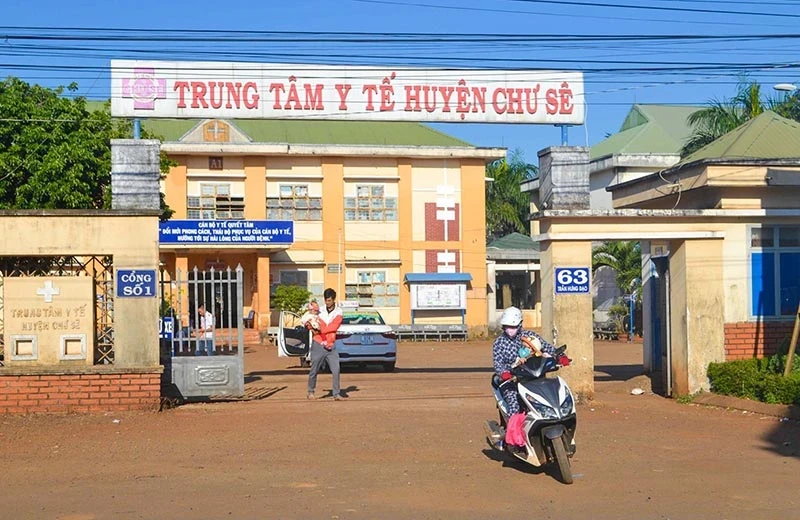
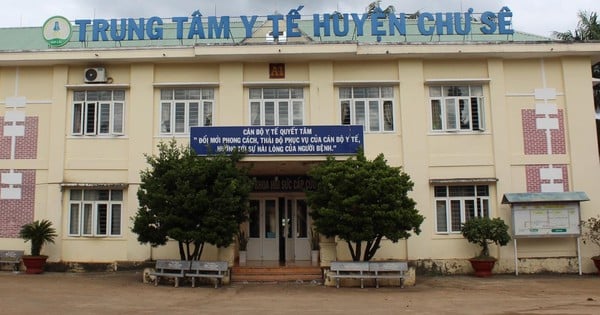
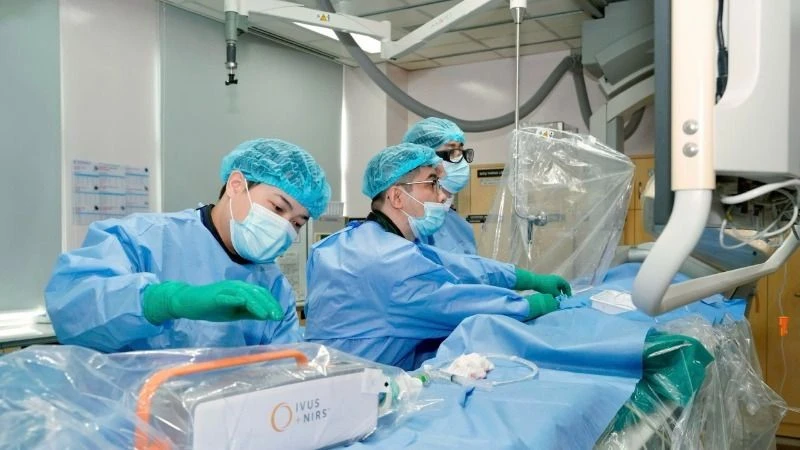








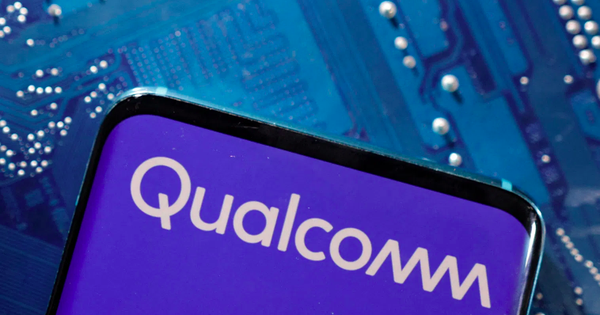





















































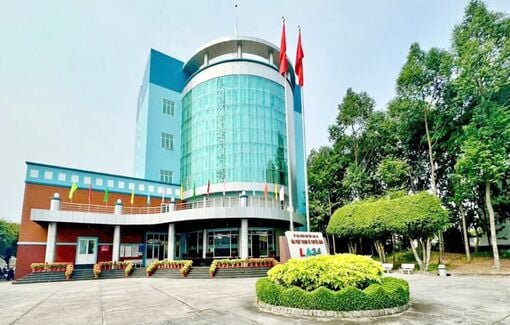














Comment (0)